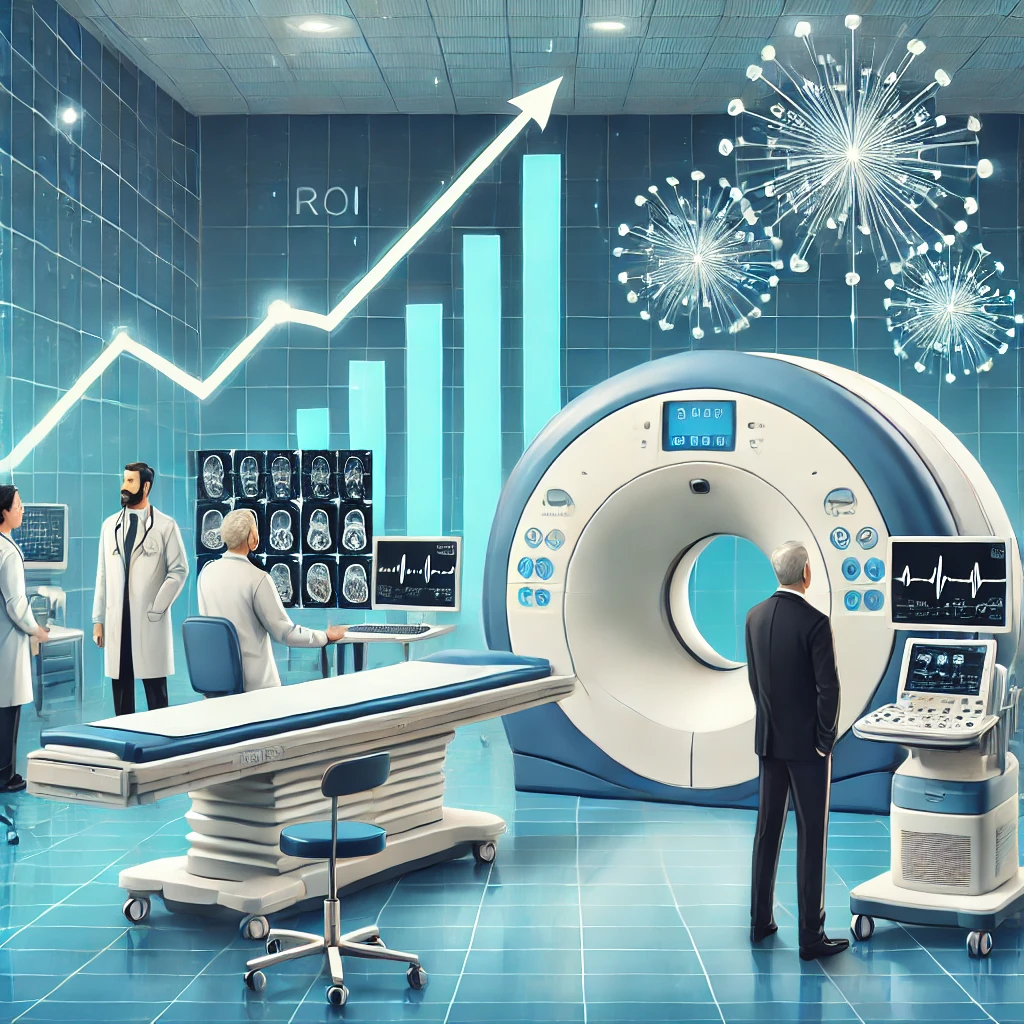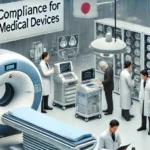

How to Maximize ROI with Smart Investments in Refurbished Medical Equipment
Introduction
The healthcare industry is constantly evolving, and medical facilities are always looking for cost-effective ways to maintain top-quality patient care while optimizing their financial investments. One of the most strategic approaches to achieving this balance is investing in refurbished medical equipment. When done correctly, purchasing refurbished medical devices can provide significant cost savings, enhance operational efficiency, and ultimately maximize return on investment (ROI). This article explores how to make smart investments in refurbished medical equipment and ensure long-term benefits for your healthcare facility.
Understanding Refurbished Medical Equipment
Refurbished medical equipment refers to pre-owned devices that have been restored to their original working condition through a systematic process. This typically includes disassembly, inspection, replacement of faulty components, recalibration, and rigorous testing to meet industry standards. Reliable refurbishing companies also ensure compliance with regulatory guidelines such as FDA and ISO certifications.
Unlike used equipment, which is sold as-is, refurbished medical devices undergo a stringent quality control process, ensuring they meet or exceed original manufacturer specifications. This makes them a viable, cost-effective alternative to purchasing brand-new equipment.
Benefits of Investing in Refurbished Medical Equipment
1. Significant Cost Savings
One of the primary reasons healthcare facilities opt for refurbished equipment is cost savings. Refurbished devices can cost 30-70% less than brand-new models, allowing hospitals and clinics to allocate their budgets more efficiently. This affordability enables facilities to invest in additional medical devices, expanding their service capabilities.
2. High-Quality Performance
Reputable refurbishing companies adhere to strict testing and certification processes, ensuring that the equipment performs as well as new models. Many refurbished devices also come with warranties, further guaranteeing their reliability and longevity.
3. Environmental Sustainability
Purchasing refurbished equipment contributes to sustainability efforts by reducing electronic waste and conserving resources used in manufacturing new devices. By extending the lifecycle of medical equipment, healthcare facilities play a crucial role in promoting eco-friendly practices.
4. Faster Procurement and Deployment
New medical equipment often comes with long lead times due to manufacturing and shipping constraints. In contrast, refurbished equipment is readily available and can be deployed quickly, minimizing downtime and ensuring uninterrupted patient care.
Key Considerations When Investing in Refurbished Medical Equipment
1. Source Equipment from Reputable Suppliers
To maximize ROI, it is essential to purchase refurbished medical equipment from trusted vendors who provide certifications, warranties, and thorough documentation. Research the supplier’s reputation, check reviews, and request references from other healthcare facilities that have made similar purchases.
2. Verify Certification and Compliance
Ensure that the refurbished equipment meets industry standards such as FDA, ISO, and OEM (Original Equipment Manufacturer) specifications. Certification guarantees that the device has undergone comprehensive testing and meets safety and performance requirements.
3. Evaluate Total Cost of Ownership (TCO)
Beyond the initial purchase price, consider maintenance costs, software updates, spare parts availability, and potential repair expenses. A lower upfront cost may not always translate to better ROI if the long-term maintenance expenses are high.
4. Assess Warranty and After-Sales Support
A reliable warranty is crucial when purchasing refurbished medical equipment. Look for suppliers that offer warranties similar to those for new devices and provide ongoing technical support, servicing, and training for your medical staff.
5. Consider Equipment Lifespan and Upgradeability
Before investing, evaluate the expected lifespan of the refurbished equipment and its compatibility with future upgrades. Ensuring that the device can integrate with existing and upcoming technologies will enhance its usability and long-term value.
Strategies to Maximize ROI with Refurbished Medical Equipment
1. Conduct a Needs Assessment
Before purchasing, assess your facility’s needs by evaluating patient volume, types of procedures performed, and existing equipment gaps. Prioritize high-impact equipment that will contribute to improved patient care and operational efficiency.
2. Compare Multiple Vendors
Request quotes from multiple refurbished equipment suppliers and compare their pricing, warranties, and service offerings. A comprehensive comparison helps you find the best value without compromising on quality.
3. Implement Proper Maintenance Protocols
Regular maintenance and calibration ensure optimal performance and longevity of refurbished equipment. Partner with suppliers that provide maintenance contracts and technical support to keep your devices in top working condition.
4. Train Staff on Proper Equipment Use
Proper training enhances efficiency, reduces wear and tear, and extends the lifespan of medical devices. Work with your supplier to provide hands-on training and ensure your medical team understands the best practices for equipment usage and maintenance.
5. Monitor Equipment Performance and ROI
Track the performance of refurbished medical equipment through key performance indicators (KPIs) such as cost savings, uptime, patient outcomes, and staff efficiency. Regularly reviewing these metrics helps identify areas for further optimization and ensures a positive return on investment.
Conclusion
Investing in refurbished medical equipment is a smart strategy for healthcare facilities looking to optimize costs without compromising quality. By sourcing from reputable suppliers, ensuring compliance with industry standards, and implementing proper maintenance protocols, medical institutions can achieve significant cost savings while maintaining top-tier patient care. With a well-planned approach, refurbished medical equipment can maximize ROI, enhance operational efficiency, and contribute to the sustainability of healthcare services.
By making informed purchasing decisions and continuously monitoring equipment performance, healthcare providers can reap the benefits of refurbished medical equipment and ensure a successful, cost-effective investment in their facility’s future.
Add a comment Cancel reply
Related posts


Regulatory Compliance for Refurbished Medical Devices

New vs. Refurbished Medical Devices: Making the Decision

Refurbished Surgical Instruments from Japan: Precision, Quality, and Value
Japan Address
COMFYS JAPAN LLC, R Cube Aoyama 3rd Floor, 1-3-1 Kita-Aoyama, Minato-ku, Tokyo 107-0061,Japan
Africa Address
Comfys International Limited KP Offices, Suite 26 Milimani, Nairobi, KENYA




